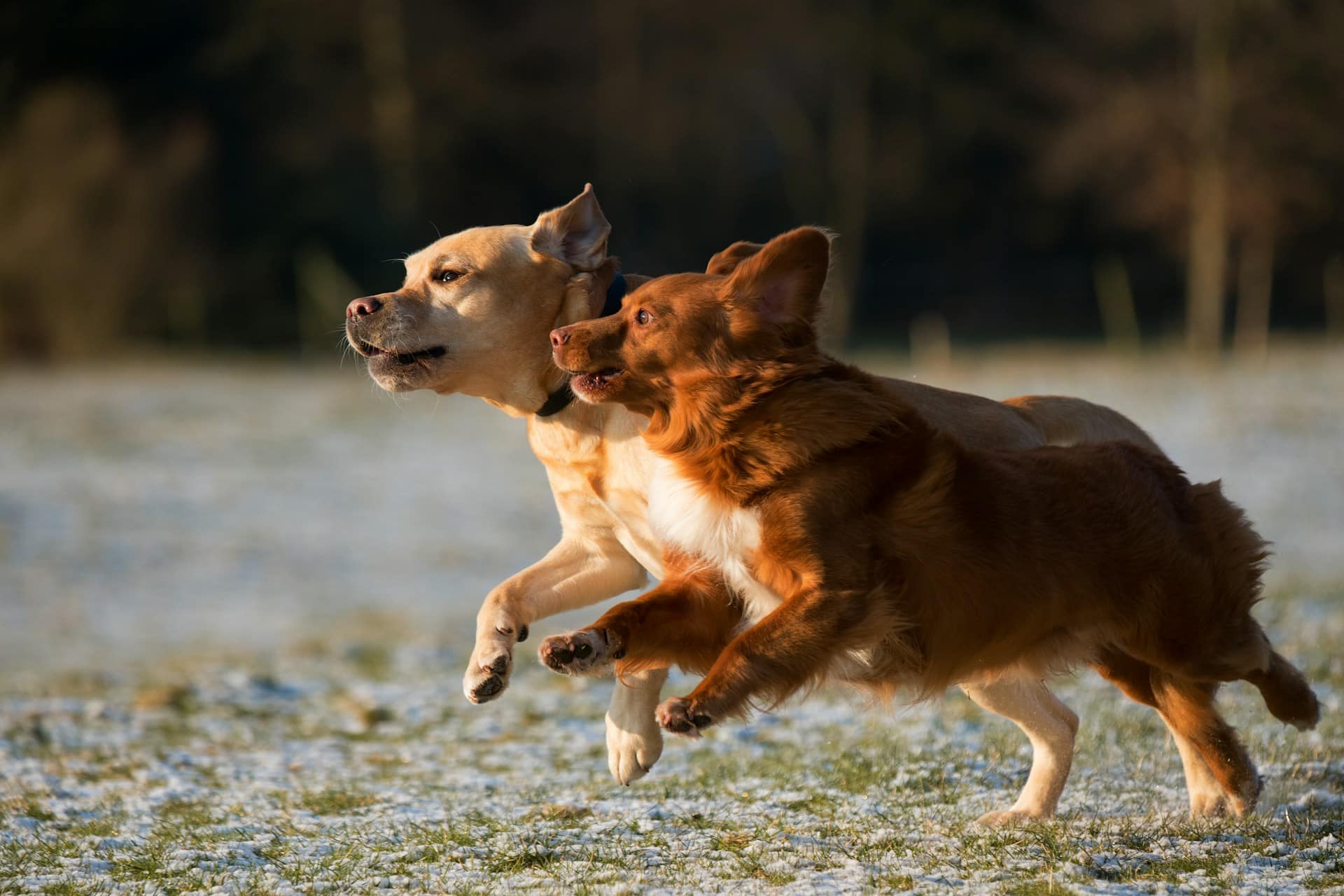How to Train a Dog to Perform Search Patterns for Search and Rescue?

Search and rescue operations are vital tasks that can often mean the difference between life and death. Dogs, with their keen scent detection capabilities and intuitive behavior, are often used as key members of search and rescue teams. The training these dogs undergo is rigorous, demanding, and yet highly rewarding. But how exactly do you prepare a dog to search in an organized, patterned manner that maximizes the area covered and the chances of success? This article will explore this intricate process in detail.
Understanding the Role of the Dog Handler
As a handler, your role in the search and rescue operation is paramount. You are responsible for guiding the dog, interpreting its behavior, and ensuring it keeps working despite the often strenuous conditions. Given the gravity of search and rescue missions, handlers often work long hours, sometimes even under challenging weather conditions.
A lire en complément : What Are the Best Tips for Taking a Pet Bird on an Outdoor Adventure?
As a handler, your first task is to establish a bond with the dog. This starts with basic obedience training. The dog needs to understand and respond to your commands promptly. This will form the bedrock upon which subsequent, more complex training tasks will be built.
Another crucial aspect of the handler’s role is interpreting the dog’s behavior. Dogs communicate primarily through body language. By understanding your dog’s particular body language, you will be better positioned to decipher when the dog has detected the target scent.
Avez-vous vu cela : What Are the Signs of Cognitive Dysfunction in Aging Parrots?
The Basics of Scent Detection Training
Dogs have a highly developed sense of smell. They can detect scents that are invisible to humans. This ability to detect scents is what makes dogs so valuable in search and rescue missions. However, harnessing this ability requires focused training.
Scent detection training typically begins with the handler introducing the dog to the target scent. This could be a piece of clothing or any other object that carries the scent of the person to be found. The dog is then rewarded every time it identifies this scent correctly. Over time, this creates a strong association in the dog’s mind between the scent and the reward. This is known as conditioning.
Once the dog has learned to identify the target scent, the next step is to teach the dog to follow the scent. This involves hiding the scented object and encouraging the dog to find it, again rewarding the dog when it does so.
Developing Search Patterns
Once the dog has mastered scent detection, the next step is to train the dog to search in an organized, patterned manner. This helps to maximize the area covered and increases the chances of finding the missing person.
There are several search patterns that handlers use, depending on the specifics of the search area. Some of these include the grid pattern, the spiral pattern, and the sweep pattern. While training, you will start by guiding your dog in these patterns, rewarding them when they maintain the correct pattern.
Over time, the dog will start to understand and maintain these patterns on its own. The key is to be patient and consistent with your training. Remember, this is a process that could take a considerable amount of time, but the rewards are certainly worth the effort.
Advanced Training Techniques
As your dog becomes more proficient at search patterns, you can begin introducing more advanced training techniques. These are designed to fine tune the dog’s abilities, ensuring it is ready to operate in a real-life search and rescue operation.
One such method is the ‘blind’ search, where the handler is unaware of the location of the scented object. This tests the handler’s ability to trust their dog and to interpret its behavior correctly.
Another technique is the ‘distraction’ search, where other scents are introduced into the search area to test the dog’s ability to ignore them and focus on the target scent.
The Role of the Search and Rescue Team
Search and rescue is a team effort. While the focus of this article has been on the dog and the handler, it’s important to note that they are part of a larger team. This team will include other search and rescue professionals, and may also include other search and rescue dogs.
As a handler, you will need to work closely with this team, coordinating your efforts and sharing information. This collaboration is crucial in ensuring the search covers as large an area as possible, and increases the chances of a successful outcome.
In the end, the goal of all this training and teamwork is to save lives. And there’s little that compares to the sense of accomplishment and reward that comes from a successful search and rescue operation.
Enhancing Endurance and Handling Various Terrains
As a key part of search and rescue operations, your canine partner must be physically prepared for the job. The training should include exercises designed to build the dog’s endurance, as search and rescue missions often require hours of continuous work.
Start by taking the dog on regular walks or runs, gradually increasing the distance and intensity. This should not be confused with the dog’s usual exercise regime; this training is specifically designed to enhance the dog’s stamina. It’s also important to let your dog rest and drink plenty of water during these exercises to avoid over-exertion.
Next, expose your dog to various terrains. Introducing your dog to a wide range of environments will help them become more comfortable and versatile in different scenarios. This could include forests, fields, mountains, and bodies of water. The more varied the terrains your dog is familiar with, the more effective they will be in the search area.
The dog should also be trained to work in different weather conditions. Search and rescue operations may occur in rain, snow, or extreme heat. Your dog needs to be comfortable and efficient in all these conditions to be a successful rescue dog.
Lastly, don’t forget about the mental challenges that come with search and rescue work. The search pattern training, scent detection, and handling distractions all require a high level of mental acuity from your dog. Regularly exposing your dog to new experiences and challenges will help keep their problem-solving skills sharp.
Training for Air Scenting and Tracking
Search and rescue dogs typically use two main methods to locate missing persons: air scenting and tracking. The former involves the dog detecting human scent in the air, whereas the latter involves following a specific person’s scent trail on the ground.
Air scenting is a useful technique in situations where the missing person’s exact path is not known. Dogs trained in air scenting can search large areas efficiently. To train a dog in air scenting, start by familiarizing them with human scent. This can be done using items like clothing or bedding. Then, practice hiding these items in various locations and encouraging the dog to locate them using their sense of smell.
In contrast, tracking dogs are trained to follow a specific human scent, even over long distances. This is especially useful when the missing person’s path is known. Training a tracking dog involves using a scent article from the person to establish a scent trail for the dog to follow.
Remember, training a search and rescue dog is a long-term commitment. It requires patience, dedication, and a significant amount of time. But the reward – being able to help save lives – makes it all worthwhile.
Conclusion
The task of training a dog for search and rescue operations is far from being a simplistic one. It demands the development of a broad set of skills, ranging from basic obedience and scent detection to mastering complex search patterns. It requires a handler who is committed, patient, and understands the dog’s behavior and needs.
Taking into account the dog’s physical strength, endurance, and ability to handle various terrains is essential. Furthermore, honing the dog’s skills in advanced techniques such as air scenting and tracking can greatly increase their efficiency in the search area.
The ultimate goal of training search and rescue dogs is to equip them with the skills necessary to save lives. While it’s a challenging process, the reward of knowing your dog can be a crucial part of life-saving operations is immensely gratifying. This journey of transforming your dog from a regular pet to an indispensable asset in search and rescue missions is beyond rewarding, an achievement that’s both fulfilling and heroic.
